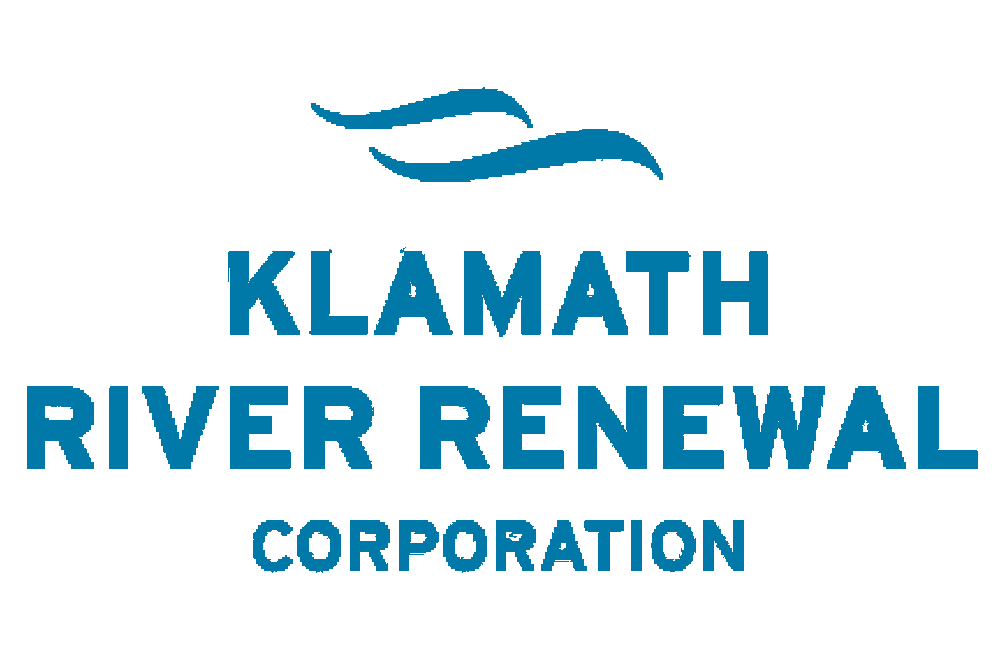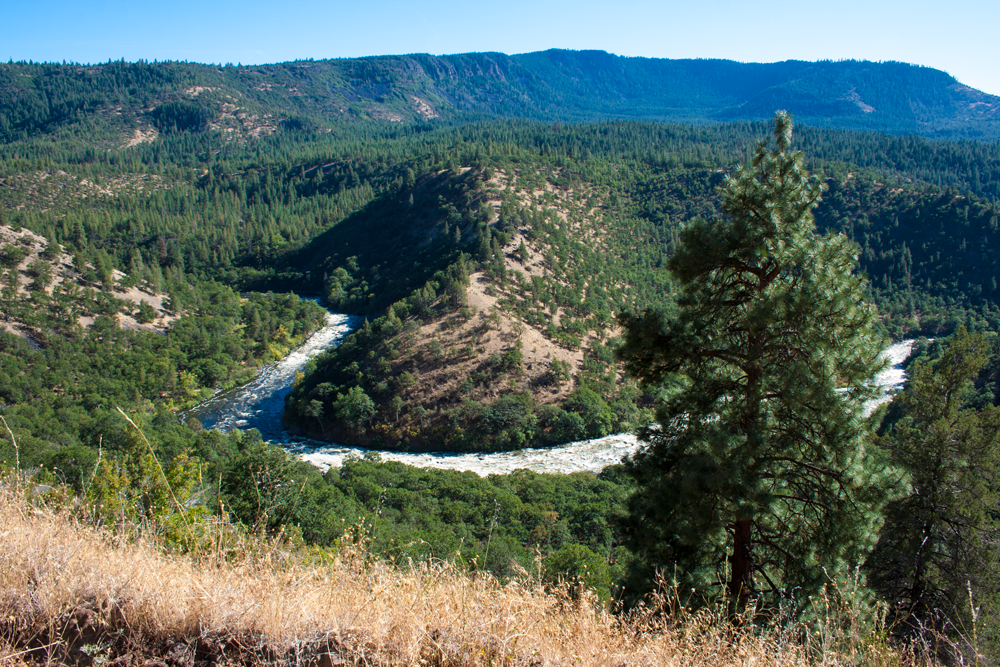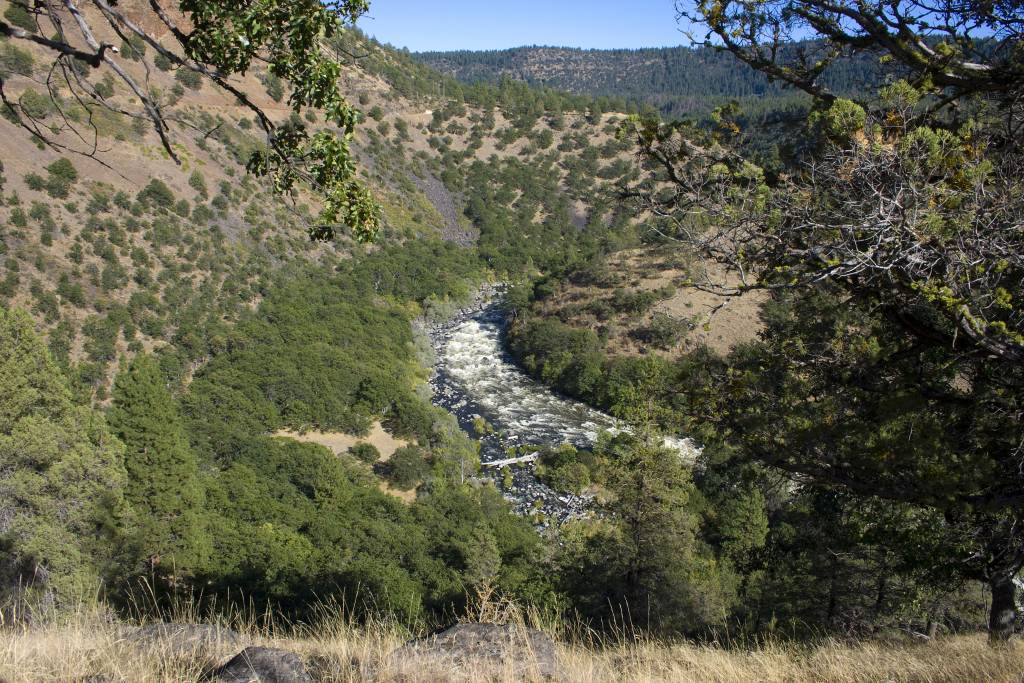Klamath River Renewal Project
KRRC was created to take ownership of four PacifiCorp dams—JC Boyle, Copco No. 1 & No. 2, and Iron Gate—and then remove these dams, restore formerly inundated lands, and implement required mitigation measures in compliance with all applicable federal, state, and local regulations. PacifiCorp continued to operate the dams in the interim.
Removal of the four hydroelectric dams is the first crucial step to restore the health of the Klamath River and the communities that depend upon it. KRRC has substantially accomplished this first step, with Copco 2 removed in 2023 and the remaining dams under deconstruction now with complete removal expected this fall.
Learn more about KRRC’s Definite Decommissioning Plan for the Lower Klamath Project, which provides extensive detail on the project design, deconstruction, and post-deconstruction restoration activities for the removal of the J.C. Boyle, Copco 1, Copco 2, and Iron Gate dams.
KRRC Project Vicinity Map
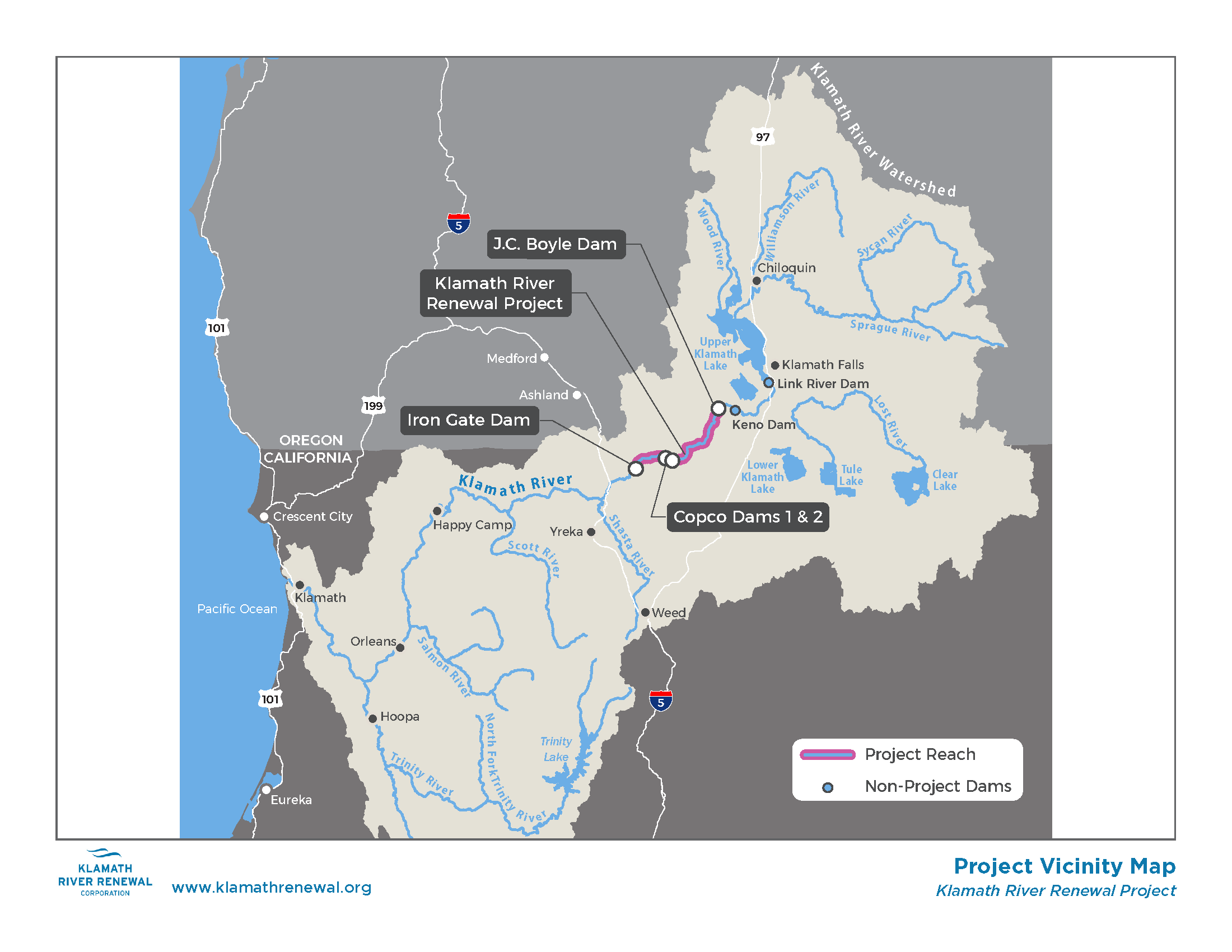
The River
Stretching from the volcanic Cascades of Southern Oregon through the Klamath Mountains, to the Pacific Ocean in California, the Klamath River is intrinsically linked to the health of its surrounding communities, businesses, and environment. The Klamath Basin’s diverse communities include Native Americans, farmers, ranchers, loggers, miners, and fishermen. The Klamath Basin watershed covers 9.4 million acres, an area larger than nine U.S. states.
The natural wealth of the Klamath River has underpinned the physical well-being and cultural identity of native tribes for thousands of years. The Klamath was once the third largest salmon producing river on the west coast and teemed with salmon and trout in what seemed to be an in exhaustible supply.
Long before contact, salmon runs united Klamath communities up and down the Basin. When the first salmon of season was spotted in Yurok country, a runner was sent upstream to let the next village know it was time to get ready, and so on up into the Upper Basin. Each community worked as a team to construct temporary fish weirs for harvesting fish but fishing could not begin until ceremonies were performed and enough fish had passed upstream to spawn and create the next generation of salmon.
But the broader Basin landscape has also supported farmers and settlers for more than 150 years.
The Klamath Basin’s resources fuel the region’s businesses, communities, and ecosystems including:
- World War II veterans’ homesteads and family farms, which benefit from the region’s nutrient-rich soil;
- A robust agriculture industry, which provides over 5,000 local jobs and brings in $600 million per year in revenues;
- Commercial salmon fisheries worth $150 million per year;
- Six federally recognized Indian Tribes who depend upon the basin’s fish stocks, clean water, and healthy forest ecosystem for their health, livelihoods, and spiritual and cultural practices;
- Recreational activities, such as fishing, duck hunting, camping, hiking, and whitewater rafting; and
- Six National Wildlife Refuges that provide habitat for most of the migratory waterfowl on the Pacific Flyway.
The Dams

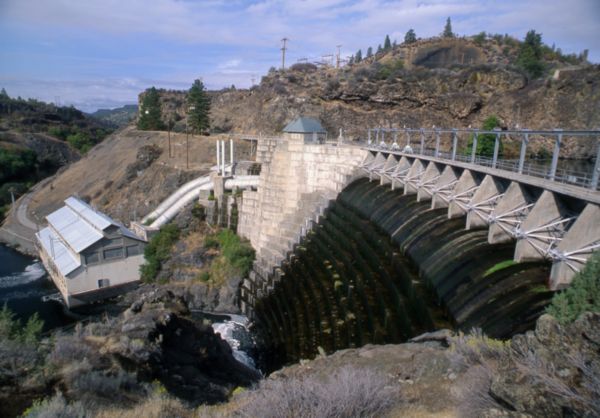
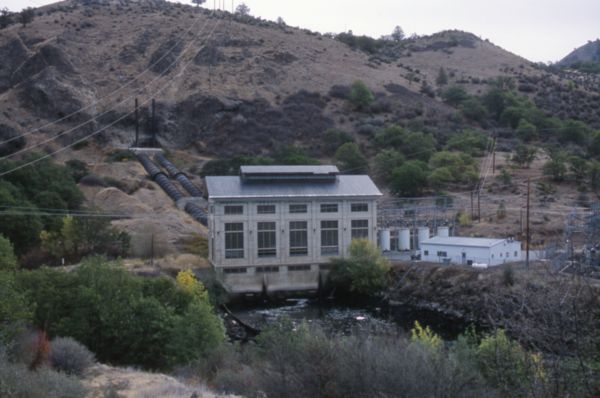
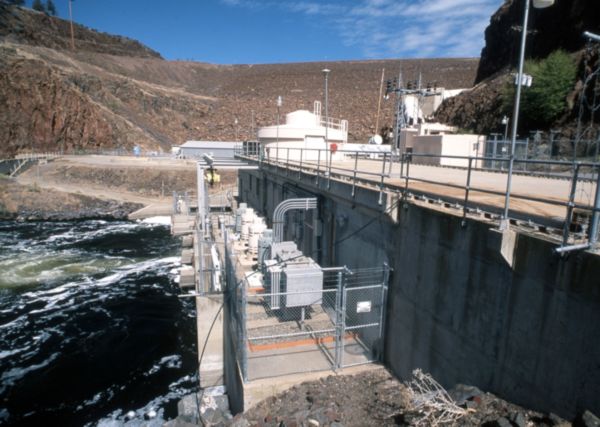
Built between 1903 and 1962, PacifiCorp’s Klamath Hydroelectric Project consists of seven dams with a combined generation capacity of 169 megawatts. The KHSA calls for the four lower dams (Iron Gate, Copco No. 1, Copco No. 2, and J.C. Boyle), which have a generation capacity of 163 megawatts, to be decommissioned.
Overview of the Klamath Hydroelectric Project Dams
River Renewal
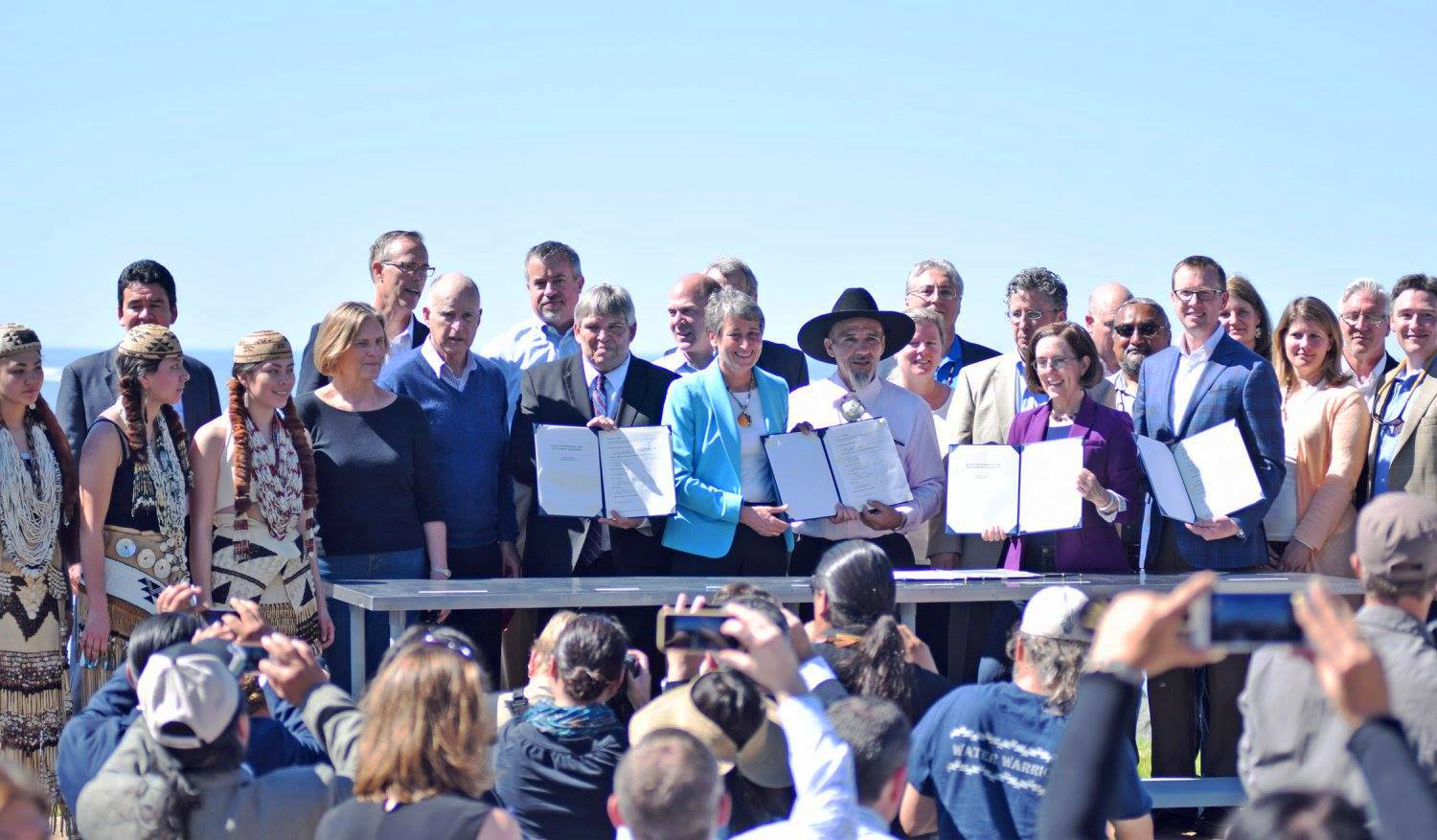
Over the past few decades as the river’s health declined, citizens of the Klamath Basin challenged one another in courtrooms and before government agencies to protect their families, communities, environment, and ways of life. Hardship and conflict escalated in 2001, when the federal government cut water deliveries to farms to protect endangered fish. The following year, nearly 70,000 adult salmon died in a catastrophic fish kill. This 2002 major loss of juvenile salmon productivity later resulted in widespread and costly in-river and ocean salmon fisheries closures.
However, Klamath Basin residents did not ultimately retreat into conflict. Instead, leaders with different interests in the river began developing collaborative solutions to restore river health, as well as address many broader stakeholder concerns. Ultimately, Congress did not enact a broad community-based proposal. But one key piece of the broader Klamath agreement is moving forward: a plan to remove the four hydroelectric dams on the Klamath River through the amended Klamath Hydroelectric Settlement Agreement (KHSA).
PacifiCorp decided to work with stakeholders on an agreement to remove the dams under terms that provide cost protections and certainty for customers in lieu of investing in expensive upgrades to comply with federal water quality and fish passage regulations. PacifiCorp’s decision to sign the KHSA was also affirmed by both California and Oregon public utilities commissions.
On September 23, 2016, PacifiCorp and the KRRC began implementing the KHSA by submitting applications to the Federal Energy Regulatory Commission (FERC). Following the FERC public process, PacifiCorp transferred the dam licenses to the KRRC. The KRRC then then managed the process to decommission and dismantle the four hydroelectric facilities and undertake risk management responsibility for the project. The KHSA will result in the largest river restoration effort in the nation – if not the world.
The KHSA is supported by governments, tribal nations, irrigators, fishermen, and conservation groups. We are hopeful that Basin stakeholders will continue working together to revitalize the Basin by seeking common ground and practical solutions. One area of broad agreement in the Basin is that more robust runs of fish will benefit virtually every sector of the Klamath Basin – agriculture, tribes, tourism, recreation, conservation interests, recreational and commercial fishermen, the local economy and the ecosystem as a whole.
For more information on other Klamath Agreements, see Resources.
The circumstances of the Klamath Basin are unique, and so is the KRRC. These circumstances—including the interrelationship of tribal rights in the Klamath Basin, settlement of water disputes, the engagement of two states, and the agreement of the private owner of the dams—makes restoration through dam removal a foundational component for the future of one of the continent’s greatest rivers and the people who depend on it.
